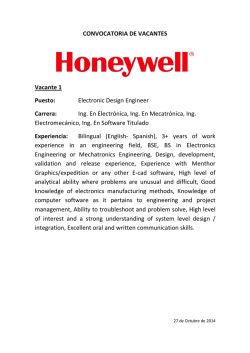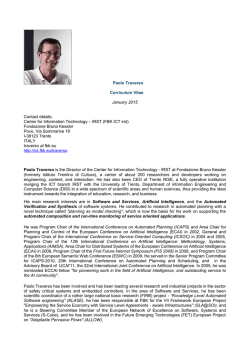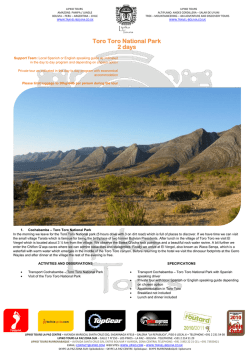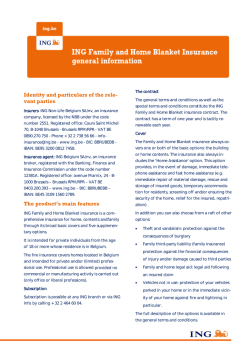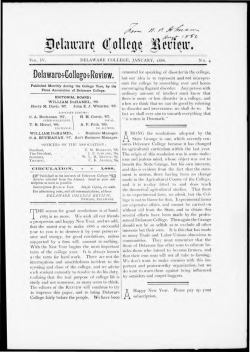
European Workshop on High Order Nonlinear Numerical
European Workshop on High Order Nonlinear Numerical Methods for Evolutionary PDEs: Theory and Applications HONOM-‐2015 16th to 20th March 2015 University of Trento, Italy First announcement Organizers: Eleuterio Toro (Chairman) , University of Trento, Italy ([email protected]) Michael Dumbser, University of Trento, Italy ([email protected]) Claus-‐Dieter Munz , University of Stuttgart, Germany ([email protected]‐stuttgart.de) Remi Abgrall , University of Zurich, Switzerland ([email protected]) Invited speakers (final list to be confirmed) Chi-‐Wang Shu (USA) Pierre Henri Maire (France) Dimitris Drikakis (UK) Dinshaw Balsara (USA) Gregor Gassner (Germany) Johan Larsson (USA) Jochen Schütz (Germany) Jean-‐Luc Guermond (USA) Jean-‐François Remacle (Belgium) International Scientific Committee Tatiana Kozubskaya (Russia) Juan Cheng (China) Helen Yee (USA) Hideaki Aiso (Japan) Helene Barucq (France) Bernardo Cockburn (USA) Miloslav Feistauer (Czech Republic) Gabriel Gatica (Chile) Kenneth Karlsen ( Norway) Carlos Pares (Spain) Lorenzo Pareschi (Italy) Jianxian Qiu (China) Alfio Quarteronni (Italy) Spencer Sherwin (UK) Jiang Song (China) Peter Sweby (UK) Yoko Takakura (Japan) Jaap van der Vegt (The Netherlands) BACKGROUND A very wide variety of processes in science, engineering and biology can be represented by evolutionary Partial Differential Equations (PDEs) which, for realistic situations, must be solved numerically. Given the growing trend to use PDEs to understand the processes they embody, only very accurate numerical solutions of these will be useful; accurate solutions may in addition reveal potential limitations of the mathematical models. The most efficient way to compute accurate solutions is by applying high-‐order numerical methods, as opposed to using low-‐order methods on very fine meshes. The need for high-‐order methods is most evident in Acoustics, when attempting to evolve weak signals for long distances and for long times, and in turbulence, when attempting to capture small structures on relatively coarse grids. In addition to the classical requirement of conservation, of fundamental importance is high accuracy in both space and time for all processes involved (e.g. advection, reaction, diffusion, dispersion). However, as is well-‐known from Godunov’s theorem, accuracy of linear schemes greater than one brings in the Gibbs phenomenon, producing solutions with spurious oscillations. The real challenge is then to construct non-‐ linear schemes of high accuracy, even for solving linear problems. Significant advances have been made in the last two decades on the construction of conservative, non-‐linear schemes of high order of accuracy in both space and time. These advances were pioneered by the family of TVD (Total Variation Diminishing) methods, by now a well-‐established approach that produces relatively simple and practical second-‐order schemes. To go beyond second-‐order, a high degree of sophistication is required. There are at present several approaches that, at least partially, fulfil some of the basic requirements. Examples include the ENO method and its variant the WENO method, discontinuous Galerkin Finite Element methods and the ADER approach. THEMES OF THE CONFERENCE AND CONTRIBUTED PAPERS Algorithm design, analysis and applications of non-‐linear schemes of accuracy greater than two, following the finite difference, finite volume or finite element approaches. Potential contributors are invited to submit an abstract of no more than two pages in pdf format via email to: [email protected] 10 GRANTS FOR YOUNG SCIENTISTS There will be 10 grants for young scientists (PhD students or post-‐doctoral research fellows) that will cover in full all local subsistence expenses (hotel and meals for the duration of the conference). Potential beneficiaries are invited to submit a CV and a letter of recommendation from the academic supervisor to: [email protected] REGISTRATION, ACCOMMODATION AND OTHER INQUIRIES Early registration is advised, as our objective is to limit the number of participants to allow for greater interaction and to avoid parallel sessions. The conference secretary, Mr. Micheletti, will help you with hotel information and bookings and other administrative aspects of the conference. ABOUT TRENTO AND THE DOLOMITES The historical city of Trento is in the Trentino Province, close to the Dolomites, and is easy to reach by car or train from the north through Austria and from the south through Verona. Trento is located 150 km south of Innsbruck and 90 km north of Verona. The nearest and most convenient airport is Verona Airport, 15 minutes from the Verona train station. The region around Trento is of extraordinary beauty, with mountains, rivers, lakes, and all within a small radius. IMPORTANT DEADLINES Registration and abstract submission for speakers: January 31, 2015 Registration for participants without presentation: February 28, 2015 Abstracts should be sent directly to: [email protected] CONFERENCE FEES No conference fees will be charged. Expenses for travel and subsistence are the responsibility of each participant. CONFERENCE VENUE The conference will take place in the conference centre of IRST, in Povo, a couple of kilometres from the centre of town. CONFERENCE SECRETARY Mr. Augusto Micheletti Centro Internazionale per la Ricerca Matematica 38050 Povo (TN) – ITALY e-‐mail : [email protected] Tel.: +39 0461 281628 Fax.: +39 0461 810629 SCIENTIFIC INQUIRIES TO: Prof. E. F. Toro and Prof. M. Dumbser Laboratory of Applied Mathematics, DICAM, University of Trento, 38050 Trento, ITALY Tel.: +39 0461 282674; Fax.: +39 0461 282672 and Tel.: +39 0461 282646 e-‐mails: [email protected] and [email protected] Webpage: http://www.ing.unitn.it/toro THIS CONFERENCE IS SUPPORTED BY The conference is supported by the Deutsche Forschungsgemeinschaft (DFG), ECCOMAS, CIRM (Fondazione Bruno Kessler, Trento), SMAI-‐Gamni, the European Research Council (ERC) and the EU project IDIHOM.
© Copyright 2025
